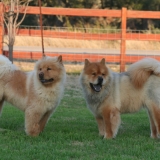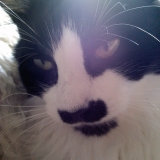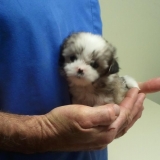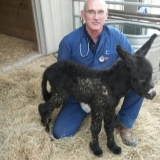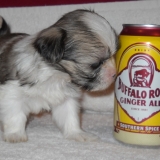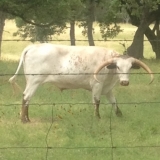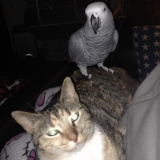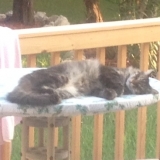All About Horns
All About Horns
No, this column is not about musical instruments. It will start with a trivia question. What is the difference between horns and antlers? Antlers are shed, horns are permanent.
Antlers are found exclusively in the Cervidae family. That is made up of deer and their relatives, elk, moose etc. Horns are found in the family Bovidae which includes cows, goats, sheep, antelope etc.
Horns come in a variety of shapes and sizes. From small and straight to thick and curled to amazingly long, horns lend an interesting beauty to the animals that sport them.
Horns have a full bone core and are covered in keratin, that is the same substance that makes up human fingernails. They start growing soon after the animal is born and grow across the animal's lifetime. If they are damaged or removed they do not grow back. Both males and females can have horns though it is more usual for the males to have them. Horns typically grow in symmetrical pairs. Usually, animals only have one set of horns but there are some interesting breeds of sheep that grow multiple sets of horns.
De-horning, if it needs to be done should be done at a young age. Complete healing from de-horning can take time. Show animals that need to be de-horned should have the procedure done well in advance of any competition to allow for complete healing of the surgical site. Early de-horning in show animals cannot be stressed enough.
Animals that may need to defend themselves against predators should not be de-horned. Goats are known to become stuck in fences after putting their head through wire mesh fences to graze and then they are unable to pull their heads back in due to their horns. Talk with us about this situation. We can offer some interesting solutions to this problem without de-horning an animal that needs horns for their defense.
Broken horns can bleed profusely and veterinary attention can be required to stop the blood flow.
Damaged horns can have their growth patterns changed. This can sometimes result in the horn growing towards the skull instead of away from it. If you see this occurring, please give us a call. This kind of abnormal growth require appropriate attention to prevent the horn from growing into the skull.
When is a horn not a horn? The rhinocerous horn is not a horn. It is all keratin without a bony core. Giraffes and okapis have little bony growths called ossicones that start as cartilage and eventually harden and fuse to the skull.
